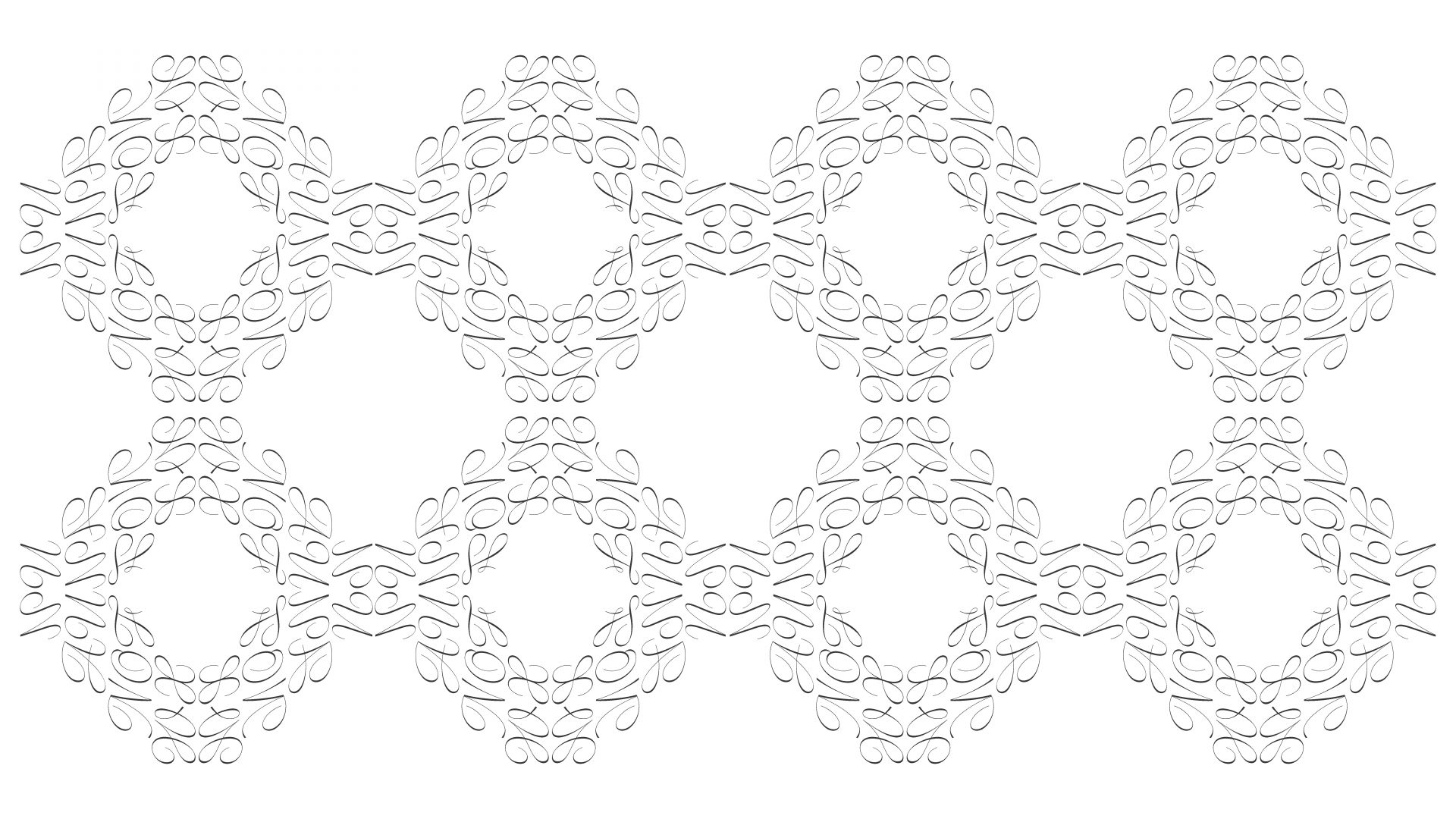She wore a white handkerchief to cover her white neck, and a cap on her head with a pink ribbon round it, tied in a bow at the front. She had a great variety of these cap-ribbons, the young men being fond of sending them to her as presents until they fell definitely in love with a special sweetheart elsewhere, when they left off doing so. Between the border of her cap and her forehead were ranged a row of round brown curls, like swallows' nests under eaves.
She lived with her widowed mother in a portion of an ancient building formerly a manor-house, but now a mill, which, being too large for his own requirements, the miller had found it convenient to divide and appropriate in part to these highly respectable tenants. In this dwelling Mrs. Garland's and Anne's ears were soothed morning, noon, and night by the music of the mill, the wheels and cogs of which, being of wood, produced notes that might have borne in their minds a remote resemblance to the wooden tones of the stopped diapason in an organ. Occasionally, when the miller was bolting, there was added to these continuous sounds the cheerful clicking of the hopper, which did not deprive them of rest except when it was kept going all night; and over and above all this they had the pleasure of knowing that there crept in through every crevice, door, and window of their dwelling, however tightly closed, a subtle mist of superfine flour from the grinding room, quite invisible, but making its presence known in the course of time by giving a pallid and ghostly look to the best furniture. The miller frequently apologized to his tenants for the intrusion of this insidious dry fog; but the widow was of a friendly and thankful nature, and she said that she did not mind it at all, being as it was, not nasty dirt, but the blessed staff of life.
